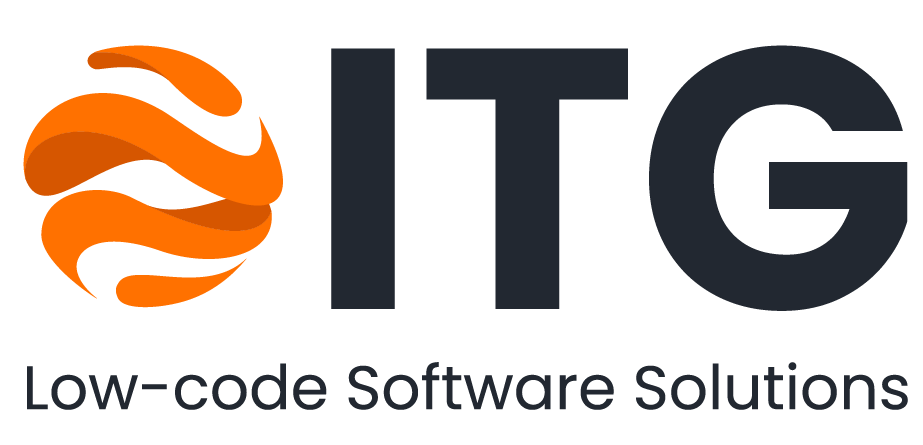Oracle Forms has been a fundamental pillar in business applications for decades and many of the largest companies run their systems on this robust technology worldwide.
However, as businesses’ needs advance, so do IT’s. This requires technologies that go along with the evolution of companies so as not to compromise competitiveness, productivity and profitability. Are your systems in FORMS jeopardizing your business growth?
The current scenario of Oracle Forms
Throughout its history, Oracle Forms has evolved significantly in each of its versions, going from character mode to client-server, then to a web-based model and finally as a standalone executable (although with certain limitations) and, in many cases, it continues providing solutions to the main business processes. However, important factors make companies consider modernizing today:
New business paradigms
The current business scenario, which proposes the path towards digitalization and remoteness, causes this technology to become a risk to the competitiveness of companies.
- Even in its latest versions, FORMS is not completely desktop, therefore it still needs a Java environment.
- Integration with other technologies is complicated so it makes process automation difficult.
- It presents a complex user interface and unresponsiveness. Having multi-device systems is an essential factor in the current context.
High license costs
Companies using version 6i of Oracle Forms have lower licensing costs due to their client-server architecture. Migrating to the latest FORMS versions involves purchasing additional application server licenses that can be highly expensive.
Limited number of developers
It’s becoming increasingly difficult to find developers trained in Oracle Forms. The new generations tend to choose more modern, web-based technologies.
Low support and confidence
Older versions of FORMS aren’t currently supported and Oracle has decided to put an end to its support service for the latest versions in 2025. This implies a great risk and uncertainty about the future of this technology.
Migration vs Modernization of Oracle FORMS
For many IT managers there’s a big dilemma among the following alternatives concerning FORMS migration:
1. Migration to the latest version of FORMS
If your company is still on an old version of FORMS, you should seriously consider migrating to the latest version to ensure support, at least for the next few years. Still, it’s important to bear in mind that even in version 12c there are important limitations such as those already mentioned above, which can put the competitiveness of your company at risk.
2. Keep your current systems in FORMS and develop new applications in other technologies
It’s possible to consider a hybrid environment, keeping your current systems in the latest version of FORMS and developing new applications in Oracle APEX, a modern and scalable web tool. This option allows you to quickly address new needs and begin the transition to modernization. However, it’s important to consider that this can create complexity in the ecosystem by diversifying the technology.
3. Modernization of your applications in FORMS with other technology
Systems developed in FORMS might not respond to the new business paradigms: they hinder the automation of processes, cause inefficiency and dissatisfaction in employees and are increasingly expensive to maintain. In these cases, the complete modernization (or by modules) of your systems is an opportunity to apply the reengineering that your applications require to adapt to the new processes and business needs. This option may sound complex and expensive, but Oracle has designated APEX as the tool of choice for this task, making it the most cost-effective, fast and efficient solution for modernizing your systems.
Oracle APEX - The Tool of Choice for FORMS Modernization
Oracle has designated APEX as the preferred tool for modernizing systems in Oracle FORMS, turning them into renewed web applications.
Oracle APEX is a rapid web application development tool, cloud native, included in the database.
Main advantages
Reduced costs
It’s not necessary to pay for any additional licensing costs to use it, APEX is included in Oracle Database. It only requires a web browser.


Reduced time
It’s not necessary to start from scratch, APEX allows reusing PL/SQL packages and application logic in .fmb files.
Aligned with the latest technological standards
APEX enables you to create 100% responsive web applications, with a simple and intuitive user interface. It integrates easily with your own and third-party applications through RESTFul web services and allows you to take full advantage of the Oracle Cloud services ecosystem.


Scalable
Applications developed in APEX are easy and inexpensive to scale, both vertically (at the level of functional modules, software) and horizontally (at the level of infrastructure, hardware).
Coexistence
The migration process can be done gradually. Oracle Forms and APEX can coexist together in a single database.


Fast learning curve
Developers and/or users accustomed to using or programming in FORMS will be able to quickly adapt to systems in APEX.
We can help you
At ITG, we’ve got vast experience working in Oracle Forms which allows us to better assess the needs of users and advise our clients throughout the process. With a proven record of professional support, we’ve assisted several companies in the modernization of their systems with APEX, from small and gradual projects, to the complete migration of complex applications.






